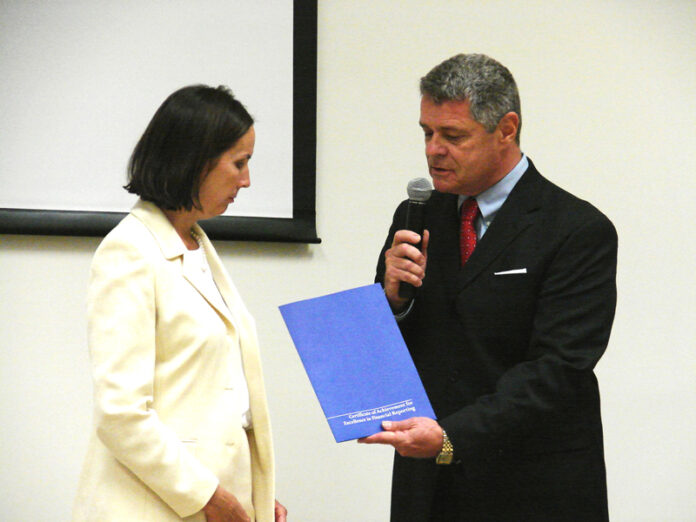There is a dark cloud of debt hanging over Roanoke City. In a communication from Roanoke City’s financial adviser, Public Financial Management, Inc. warned that another year exceeding Roanoke’s self-imposed debt limit is risky.
For fiscal year 2010 the 10% debt ceiling has been breached coming in at 10.2%. Another year over 10% risks another bond rating downgrade. The city has already lost its solid AA rating when Moody’s bond rating agency downgraded it earlier this year.
Each downgrade results in an increase in the interest rate for new debt. This can be compared to a private individual’s credit score. The better your credit score the less risk you are to a lender. The end reward for the individual can be a more favorable interest rate on a mortgage or other loan. The same goes for a municipality’s general obligation bonds.
At Monday’s council meeting Director of Finance, Ann Shawver was granted the authority to restructure $40 million of recallable bonds issued in fiscal year 2002 and forward. By having this authority in FY11 Shawver would be able to “take advantage of any refunding that was in the money.” Market conditions can turn favorable in an instant and coupled with the cost of issuing the debt could alleviate the risk of a second year exceeding the 10% debt limit.
“The refunding could generate savings of at least 3% on the amount of debt to be refunded,” said Shawver. That was the good news – the not so good news was that we are not currently “in the money.”
The city’s debt sits precariously at 9.9% for FY11 and any further economic downturn could push the city’s ratio of debt service to total expenditures over the 10% threshold for another year.
In addition the restructuring of the city’s debt would put $2.3 million of principle due in 2011 out to 2015. The effect according to Shawver would result in a FY11 debt ratio reduction to 9.3%. “It will give us a little bit more room in the event that we have another downturn,” said Shawver. This pushes up the ratio in 2015 from 7.6% to 8.2%.
Shawver estimated that in FY12 the ratio would be 9.6% and in FY13 it would be 9.7%. Even with restructuring the city’s debt there will be little breathing room until 2015.
Councilman Court Rosen thought the city could bite the bullet and not move principle payments out to effect a faster ratio reduction for 2015. Shawver repeated that it would be a risky bet to be looking at 9.9% in the current local economy. “It would only take a $3.2 million change in our total general fund expenditures to edge over the 10% debt limit.” explained Shawver.
City Manager Chris Morrill added that moving the 2011 principle payment out to 2015 was the only option available for FY11. Morrill said, “after that we need to take a hard look at our capital projects.” Capital improvement project prioritization will begin in September.
By Valerie Garner [email protected]


